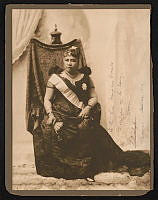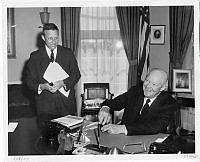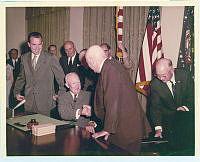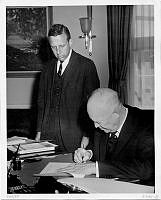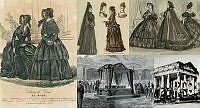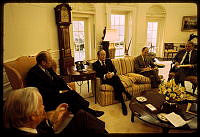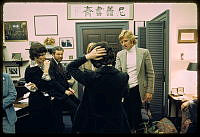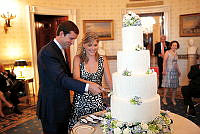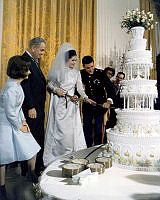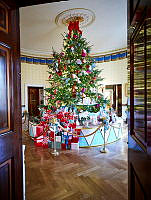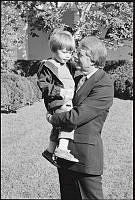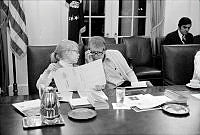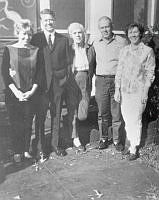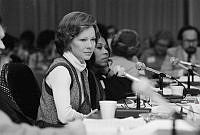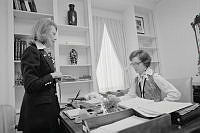White House Decorative Arts in the 1840s
Copyright © White House Historical Association. All rights reserved under international copyright conventions. No part of this article may be reproduced or utilized in any form or by any means, electronic or mechanical, including photocopying, recording, or by any information storage and retrieval system, without permission in writing from the publisher. Requests for reprint permissions should be addressed to books@whha.org
The clamor over Martin Van Buren's perceived abuse of the furniture fund continued after he left office in 1841. Successor William Henry Harrison found the family quarters of the President's House lacking practical furnishings. Congress did approve $6,000 for new furniture. However, Harrison died of pneumonia only a month after taking office. John Tyler moved in with seven children and invalid wife Letitia, who died in the White House in 1842. Tyler did not receive money for furnishings from Congress, and it was rumored that the president’s second wife Julia Gardener used family funds to refurbish the house after their marriage in 1844.
James K. Polk received a $14,000 appropriation for repairs, maintenance and furnishings at the start of his term in 1845. He entrusted William W. Corcoran, founder of the Corcoran Gallery of Art, as his agent for the furniture fund. Corcoran turned to fashionable New York merchants for goods for the President’s House, such as forty-two purple velvet covered chairs bought for the State Dining Room, which remained there until 1882. President and Mrs. Polk also purchased a Rococo French dinner and dessert service decorated with the shield from the Great Seal of the United States.

Side Chair. Charles A. Baudouine, New York, c. 1845. The Polks commissioned forty-two rosewood chairs covered with purple velvet for the State Dining Room.













